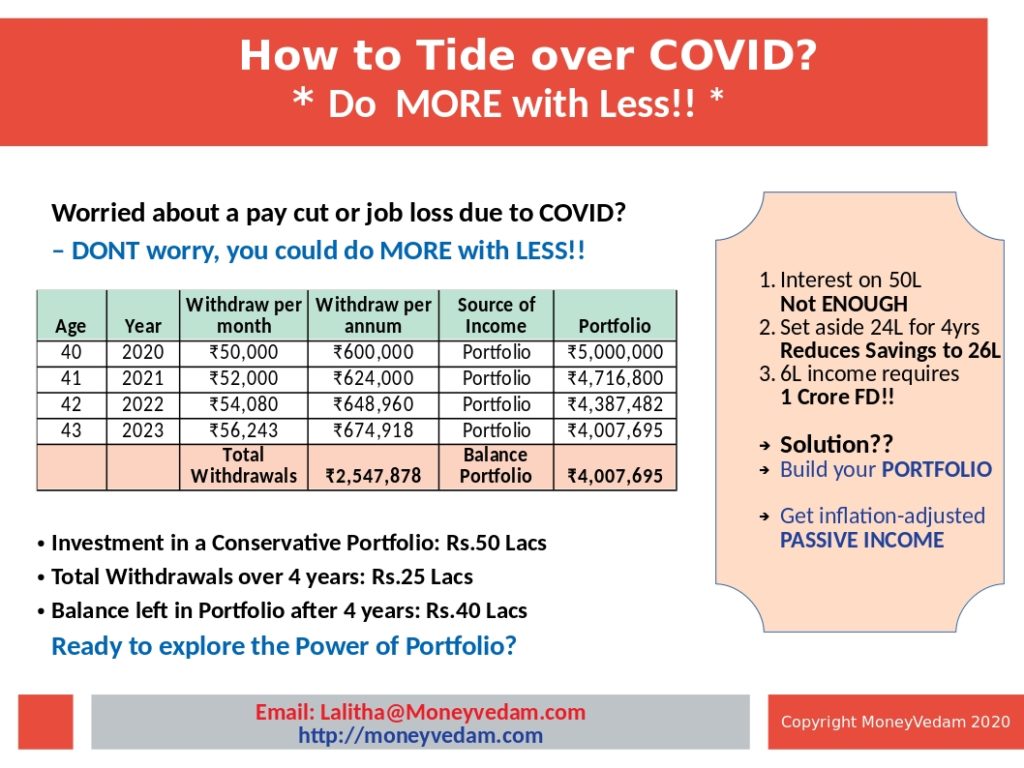**Sovereign Gold Bond Scheme 2020-21 – Series X, XI & XII to open in Jan-Mar’2021
Sovereign Gold Bond Scheme 2020-21 – Series 2 (Tranche 39) @Rs.4540 per gram, will be open for subscription from Monday, May 11, 2020 to Friday, May 15, 2020**
In 2015, the government of India had introduced the gold bond scheme to wean investors away from physical gold to financial (paper) gold. Prior to the introduction of this scheme, the government had rolled out a few other schemes such as gold monetization scheme which did not take off. However after a year of its launch, the gold bond scheme is showing a lot of promise!
What does the scheme offer?
Presently, investors can invest 1gm to a maximum of 4kg in an issue. Every investor will get 2.5% interest paid on their investment. The gold bond comes with a lock-in period of 8 years with an option for early redemption after 5 years. The capital gains arising on redemption of these bonds have been tax exempted. This incentive is offered only from this financial year so as to encourage Indians to shift their investment from physical gold to a financial product. Holding was previously allowed only on paper, but with this tranche, demat holding is allowed as well, bringing it at par with other financial instruments. The demat method of holding brings a host of benefits such as tamper-proof ownership, protection against theft/loss, transfer to legal heirs etc.
How does it compare with physical gold?
Buying of gold involves additional cost such as wastage, weight of precious stones (if any), making charge, GST etc, adding up another 15-20% to the cost of purchase (you could be paying Rs.4500 per gm gold whose market rate is Rs.4200). And when one sells it, s/he must sell it at a discount as similar factors such as wastage, less weight of precious stones & taxes, and get back 15-20% lower than the daily rate (you could get only Rs.3600 per gm for market rate of Rs.4500). All together one loses upto Rs.1000 per gm of gold in the entire transaction.
All of these losses are eliminated in gold bond since you will get the prevailing market price on sale of the bond. In addition, one gets an interest of Rs.100/gm per year of holding the bond. A typical investment of Rs.3Lacs will yield Rs.7.5k interest p.a in addition to providing the host of benefits listed above.
Macro-level Score card
The government has made a great start with this scheme. India’s imports of gold is 1000 Tons ($35bn), of which it re-exports 150 Tons. Approximately 850 Tons of gold is consumed by Indians p.a – assuming 1% of the population (1.3crore people) invest in gold in a year, it works out to 65gm per gold buyer. In the first year of issuing these bonds, the government has attracted investments worth Rs.1,320 Crores for 5 tons of gold from 4.5 Lac investors. This amounts to 11gm (approx) per investor. With more awareness and changing times, hopefully Indians will move to a smarter way of investing in gold and there by reduce the burden on current account deficit!







